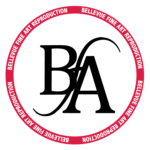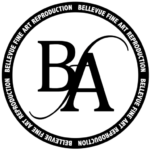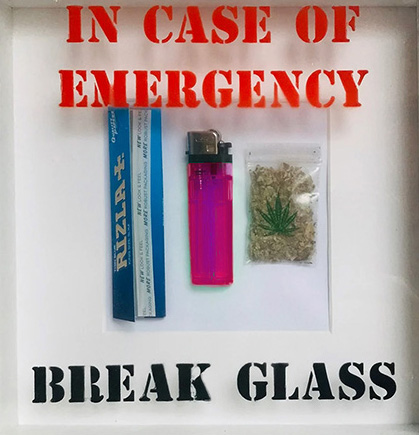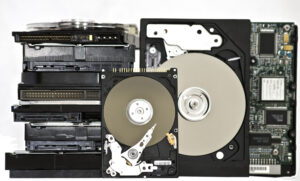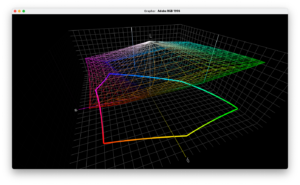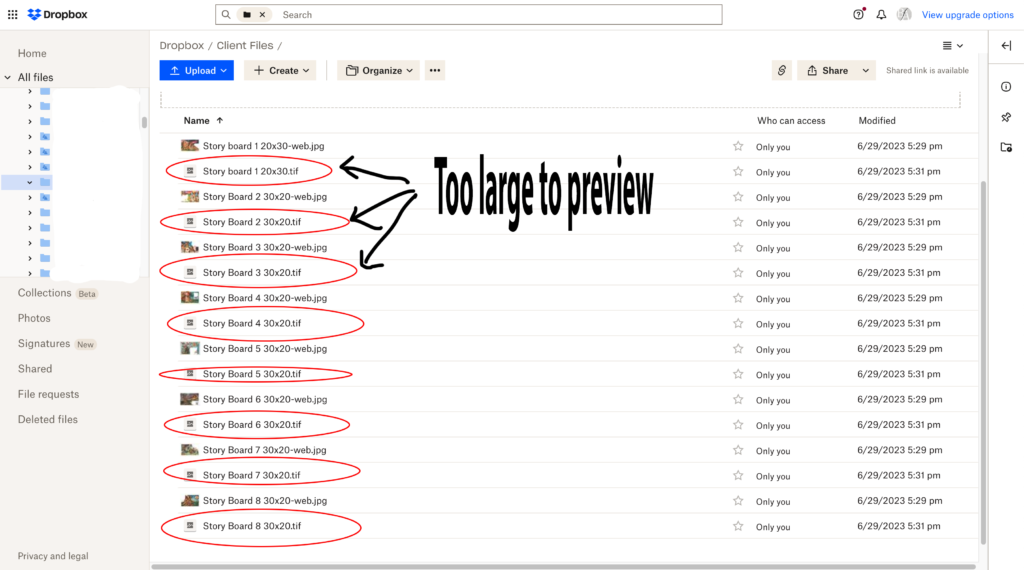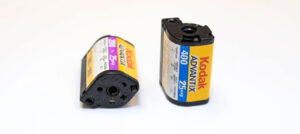FREQUENTLY ASKED QUESTIONS
Film Scanning Questions
Q: How much does film scanning cost?
Prices vary for film type and size, as well as quantity. Please see our Film Digitizing page for pricing.
Q: How are film negatives scanned?
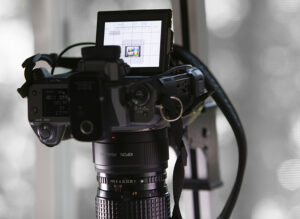
Q: What do I get with my film scan?
When we digitize your film or transparencies, we provide jpg, tif or dng files. We provide those files via a dropbox folder that is valid for two weeks, to give you time to download your files.
We provide basic editing on your files, which includes cropping, basic dust and scratch removal (in many cases we cannot afford to remove all of the damage that film or transparencies may have).
We do NOT provide physical color proofs for slide and transparency scanning.
We provide return shipping of your slides or transparencies. Original slides and transparencies are returned via USPS Priority mail, UPS, or Fedex. We charge accordingly.
Q: What resolution are slides and transparencies scanned at?
Slides and transparencies are scanned at least 2000 PPI (Pixels per Inch). Smaller slides, such as APS and 35mm slides are scanned at 4000 PPI, which is beyond what is necessary to capture all the detail.
4×5 transparencies are scanned at 2200 PPI+. 4×5 transparencies can be scanned at a higher resolution or up-sampled on request. Keep in mind that anything beyond 2500 PPI generally doesn’t yield better results.
Q: How large can I print from slide scans?
To get the best print quality possible, it’s best to limit the print size to 300 PPI for your input file. So if you scan a 35mm slide at 4000 PPI, and you have a 35mm slide that is 1.4″ on the long side (36mm x 24mm), then you will have about 3360 pixels on the long side. Divide that by 300 and you have 11.2″.
This being said, we have printed slide scans as large as 24″ wide with good results after up-sampling the file, but 35mm slides in particular are limited in what they can produce.
Larger film scans, such as medium format film and 4×5 transparencies obviously can produce larger prints, but the math is the same.
Q: What is your turnaround time for slide scanning?
We commit to finishing work within 5 working days of receiving the slides. Please keep in mind that our five day turnaround time does not include weekends, holidays or shipping time. But as soon as the job is completed, you will have access to your scans via dropbox, so you don’t need to wait to get the slides back to start working with them. We provide the scans via dropbox.
Q: Do you do rush orders?
Q: What makes your slide scans different from other slide scans?
We look at and review all of our work. Our work is done by human beings. In particular our slide scans are performed by humans that have a solid knowledge of photography and art. Each slide is reviewed, even if only briefly.
Some services use a machine and the process is completely automated. This is fine for low cost slide scans, but may not always produce high quality slide digitization.
Q: Do you offer any kind of warranty?
We stand by our work. If you are not satisfied with our slide scans, we will either refund your money or redo the job. We maintain the right to choose which. If we feel we have done the best we can do or disagree with the complaint, we maintain the right to decide whether we will refund the money for job rather than try and redo a job that we feel will not be improved or cannot be improved by doing it again.
Q: How long do you store my files?
We commit to keeping your files for two years. That being said, we have a repository of 15 years worth of files. For liability sake, we can’t commit to storing your files for that long, or forever, but in practice we have a copy of everything we’ve ever scanned, and often save people that have since lost their scans.
Q: In what color space do you save my files?
Q: In what format do you save slide scans?
We save slide and transparency scans as TIF, JPG or DNG files, based on what the client wants when they order.
Q: I'm having trouble viewing TIF files on dropbox
Q: Is it safe to mail my slides or transparencies?
If you are concerned about the safety of mailing slides or transparencies, we highly recommend using UPS or Fedex. USPS Priority mail is not as reliable. We have never lost an original yet, but if you live in an area with mail theft, we recommend using a more reliable method with tracking.
Q: What is 120/220 film?
Refers to Medium Format film, which comes in two standard lengths, 120 and 220, with 120 being the most common. The 220 size is simply twice as long as 120. Larger than 135 film, it is 61mm wide and does not have perforated edges (the film moves from one spool to another in-camera when shooting – no need to rewind after finishing a roll). 120 film generates anywhere from 10 – 16 exposures per roll, depending on the camera used. Typical sizes/ratios are 6x7cm (10 exposures), 6x6cm (12 exposures), and 6×4.5cm (16 exposures). 220 film does not have a protective backing paper on it (allowing the longer film to fit in the same spool as 120 film).
